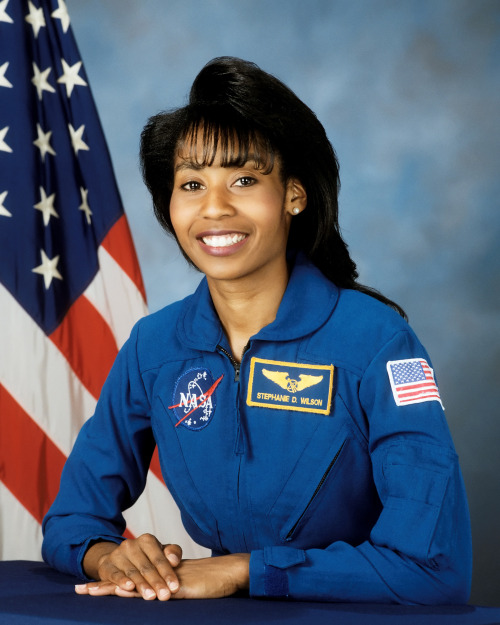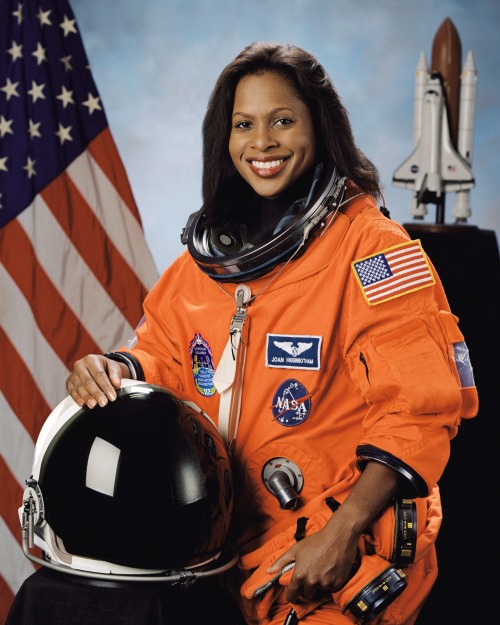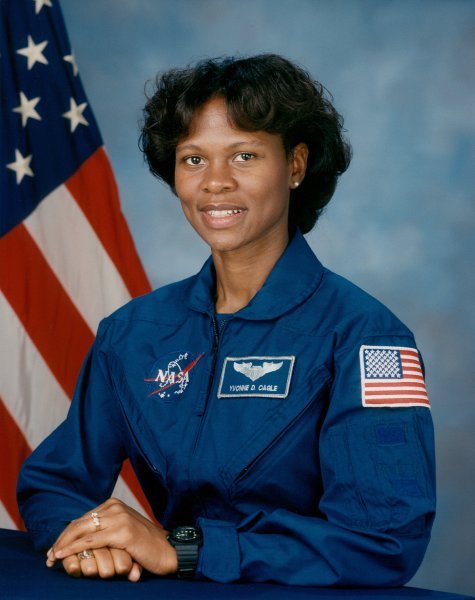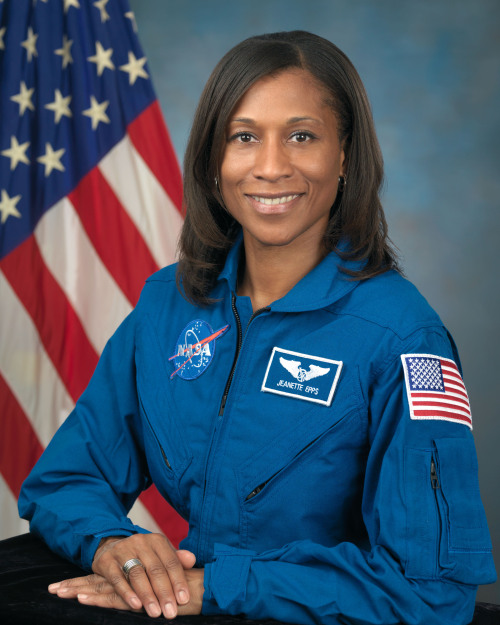These Are The Robots Taking Our Jobs

These are the robots taking our jobs
More Posts from Curiositytherover and Others

‘Gene drive’ mosquitoes could end malaria once and for all

Flying Through an Aurora, another astounding image captured by ESA astronaut Alexander Gerst http://space-pics.tumblr.com/
Solar System: Things to Know This Week
Our solar system is huge, let us break it down for you. Here are a few things you should know this week:
1. Closeup of a King

For the first time since it entered orbit around Jupiter in July, our Juno spacecraft has flown close to the king of planets—this time with its eyes wide open. During the long, initial orbit, Juno mission managers spent time checking out the spacecraft “from stem to stern,” but the science instruments were turned off as a precaution. During this latest pass, Juno’s camera and other instruments were collecting data the whole time. Initial reports show that all went well, and the team has released a new close-up view that Juno captured of Jupiter’s north polar region. We can expect to see more close-up pictures of Jupiter and other data this week.
+Check in with Juno
2. Getting Ready to Rocket

Our OSIRIS-REx mission leaves Earth next week, the first leg of a journey that will take it out to an asteroid called Bennu. The mission will map the asteroid, study its properties in detail, then collect a physical sample to send back home to Earth. The ambitious endeavor is slated to start off on Sept. 8.
+See what it takes to prep for a deep space launch
3. New Moon Rising

The Lunar Reconnaissance Orbiter (LRO) has already mapped the entire surface of Earth’s moon in brilliant detail, but the mission isn’t over yet. Lunar explorers still have questions, and LRO is poised to help answer them.
+See what’s next for the mission
4. A Mock-Eclipse Now

We don’t have to wait until next year to see the moon cross in front of the sun. From its vantage point in deep space, our Solar Dynamics Observatory (SDO) sometimes sees just that. Such an event is expected on Sept. 1.
+See the latest sun pictures from SDO
5. Jupiter’s Cousins

Our galaxy is home to a bewildering variety of Jupiter-like worlds: hot ones, cold ones, giant versions of our own giant, pint-sized pretenders only half as big around. Astronomers say that in our galaxy alone, a billion or more such Jupiter-like worlds could be orbiting stars other than our sun. And we can use them to gain a better understanding of our solar system and our galactic environment, including the prospects for finding life.
Want to learn more? Read our full list of the 10 things to know this week about the solar system HERE.
Make sure to follow us on Tumblr for your regular dose of space: http://nasa.tumblr.com

Liquid-metal terminators are generally something to be afraid of – but what if the substance was used to fight cancer instead of wiping out humanity?
That’s exactly what researchers in the US are working on, having developed a biodegradable liquid metal that can be used as a drug delivery technique to target cancer cells.
“The advance here is that we have a drug-delivery technique that may enhance the effectiveness of the drugs being delivered, can help doctors locate tumours, can be produced in bulk, and appears to be wholly biodegradable with very low toxicity,” said Zhen Gu, a biomedical engineer in a joint program at North Carolina’s State University and University at Chapel Hill. “And one of the advantages of this technique is that these liquid metal drug carriers – or ‘nano-terminators’ – are very easy to make.”
Continue Reading.

Jeff Bezos beats Elon Musk’s SpaceX in the reusable rocket race








How Learning A New Language Changes Your Brain And Your Perception
Learning a foreign language opens us up to new experiences, work opportunities, and allows us to meet people we may never have otherwise. More than that, research has shown learning a language can also physically change brain structure and adjust perception.
When we learn a language, we create new neural pathways in our brain, which can lead to noticeable changes. The left hemisphere is generally believed to be the logical part of the brain and is where many of our language skills originate. However, a 2012 Swiss study observed that learning a foreign language later in life is associated with thickening of the cerebral cortex — a layer of neurons specifically responsible for memory, thought, consciousness and, of course, language. This increased thickness can lead to better memory and sharper thinking later in life.
Learning a new language doesn’t just change the physical makeup of the brain. Based on a theory known as linguistic relativity, learning a new language can also change the way we see the world. This is specifically true in relation to our color perception. For example, Japanese speakers have far more words to describe the color blue, and as a result are generally able to see more shades of blue than English speakers. On the other side of the spectrum, the Himba tribe of Namibia in Southern Africa have only five words to describe all the colors in the world. Researchers have observed that, without a word for the color blue, the Himba struggle to tell it apart from green — an easy feat for English speakers.
Infographic by the team at Sunbelt Staffing





A Salute to Sistas in Space
(From top to bottom and the order in which they went into space)
Dr. Mae C. Jemison
Stephanie D. Wilson
Joan Higginbotham
Dr. Yvonne Cagle
Jeanette J. Epps
Source: 5 Black Female Astronauts You Should Know

Space exploration is pretty amazing right now. Just yesterday, we launched the ExoMars 2016 spacecraft, which will hunt for signs of life on Mars, and by now, the Voyager 1 spacecraft is likely way out in interstellar space. NASA recently announced that it plans to visit Europa, one of the most promising candidates in our Solar System to host life, and even NASA’s chief scientist thinks we’ll find alien life within 20 to 30 years, as long as we keep exploring.
But how do you keep track of all these awesome space missions? To help out,the guys at Pop Chart Lab have created this beautiful poster showing our space exploration to date. It spans all the way from 1959 to 2015, and features over 100 exploratory probes, landers, and rovers.
As you can see on the poster below, the majority of our machines never leave Earth’s orbit. There are a whole lot of crowded lines near our planet, each of which belongs to a space probe or explorer of some kind. But as you get further from Earth, there are less and less of these brave explorers, and you get to see just how far humanity has travelled into our Solar System.
7 Things That Happen When You Go To Space
Told Through Astronaut Scott Kelly’s Tweets
Astronaut Scott Kelly is currently spending a year in space. Most expeditions to the space station last four to six months. By doubling the length of this mission, researchers hope to better understand how the human body reacts and adapts to long-duration spaceflight. During this one-year mission, Kelly is also participating in the Twins Study. While Kelly is in space, his identical twin brother, retired NASA Astronaut Mark Kelly, will participate in a number of comparative genetic studies.
Here are a few things that happen when astronauts go to the space station:
1. Your personal hygiene takes on a different form:


2. Sleeping arrangements might take some getting used to:



3. Internet services will remind you of the 90s:

4. You never have to do laundry:


5. You get to become immersed in a range of different cultures:

6. All of your water is recycled…yes…that means urine too:


7. You get to see the Earth like never before:



Follow Astronaut Scott Kelly’s Year in Space mission on Facebook, Twitter and Instagram.
Make sure to follow us on Tumblr for your regular dose of space: http://nasa.tumblr.com









If Our Universe Is So Old and Vast, Then Where Are All the Aliens?
Read more at: http://futurism.com/images/ http://futurism.com/images/if-our-universe-is-so-old-and-vast-then-where-are-all-the-aliens/
-
 industrino reblogged this · 9 years ago
industrino reblogged this · 9 years ago -
 rjbailey reblogged this · 9 years ago
rjbailey reblogged this · 9 years ago -
 hevans193 liked this · 9 years ago
hevans193 liked this · 9 years ago -
 curiositytherover reblogged this · 9 years ago
curiositytherover reblogged this · 9 years ago -
 chidloper36 liked this · 9 years ago
chidloper36 liked this · 9 years ago -
 rjbailey liked this · 9 years ago
rjbailey liked this · 9 years ago -
 huss650i liked this · 9 years ago
huss650i liked this · 9 years ago -
 huss650i reblogged this · 9 years ago
huss650i reblogged this · 9 years ago -
 beiradeiro13 liked this · 9 years ago
beiradeiro13 liked this · 9 years ago -
 wonderfulandnice liked this · 9 years ago
wonderfulandnice liked this · 9 years ago -
 rsway liked this · 9 years ago
rsway liked this · 9 years ago -
 realcleverscience liked this · 9 years ago
realcleverscience liked this · 9 years ago -
 engadget reblogged this · 9 years ago
engadget reblogged this · 9 years ago